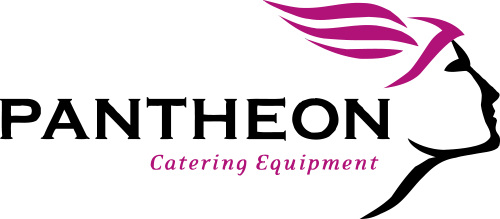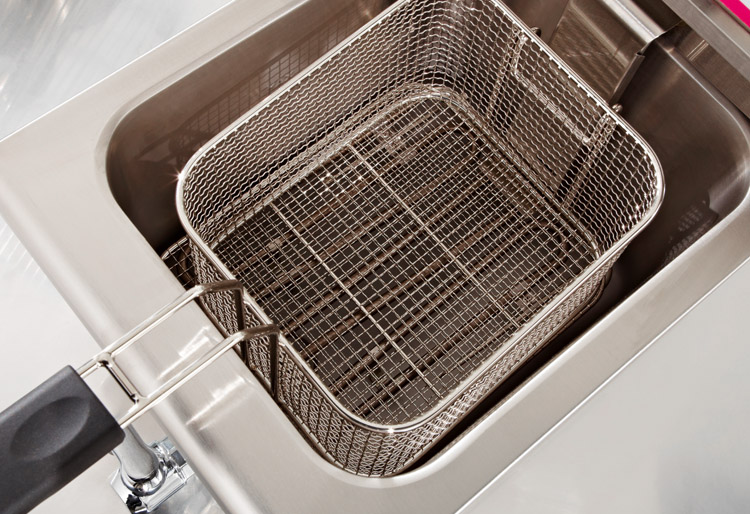Acrylamide is becoming a hot topic in the food industry, so here are some questions and answers which will improve your understanding.
Earlier this year, new guidelines were introduced with regards to acrylamide, which can form during the frying process. What impact has this had on the market and what advice have you been giving to your customers?
Because acrylamide is produced by cooking starchy foods at high temperatures, with levels rising rapidly at 180°C or more, taking heed of thermostats is important. Also, there is evidence that acrylamide formation is significantly lower in fresh oil so using fryers with smaller wells allows oil to be changed frequently without major cost implications.
Chips, because of their starchy nature, are one of the main foods associated with acrylamide formation. Although many chefs fry them at high temperatures, a viable alternative is to fry at low temperatures initially and finish on a higher temp, but still under 180°C. A twin well fryer with separately controlled thermostats enables this method to operate effectively.
Do you think operators are now looking for equipment that gives them greater assurances for meeting legislation like acrylamide, such as fryers with advanced cooking and management capabilities?
Understanding how acrylamide is caused and responding to reduce it is the most important factor. Of course, an accurate thermostat is very important so that a pale, golden colour can be achieved on food as that will limit its formation. Importantly though, rather than simply relying on equipment, is understanding how different foods respond. Raw potatoes, for instance, should be stored in a cool environment – not refrigerated – as they have an enzyme that breaks down the potato’s sucrose content at low temperatures and this can contribute significantly to forming acrylamide during frying. Also, blanching potatoes before frying removes around half the sucrose resulting in lower levels of acrylamide being produced.
Essentially though, it’s about understanding the issue and taking control of the whole process from storing and preparing food through to cooking.
A judge recently fined a branch of KFC £35,000 for serving under-cooked chicken and highlighted the lack of documented oil checks on its fryer as an example of poor operating procedures. To what extent does this expose the operating challenges that manufacturers face when using fryers and is there more that suppliers could do to support this?
If a fryer is straightforward to use, simple to drain and easy to clean, it’s more likely that operators will carry out the necessary procedures. This is particularly applicable to establishments employing low-skilled people or in operations where ongoing training is not always available.
Oil management is clearly a challenge for operators. Do you think it remains the biggest issue for users of fryers (or are there more prominent ones) and, if so, what best practice tips do you advise?
Oil management has always been important but now it’s ever more so. Undoubtedly small capacity fryers can be monitored more closely and changing oil frequently is now, evidently even more important. This should ideally be done at least once a day or after 8 hours in a busy environment.

